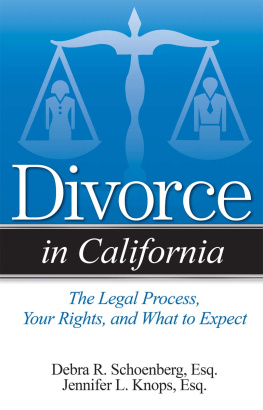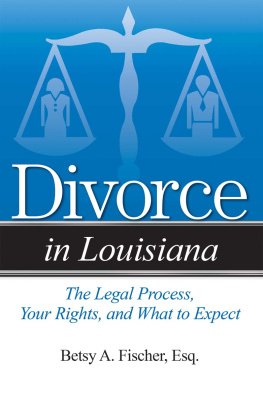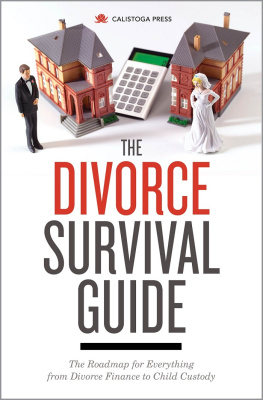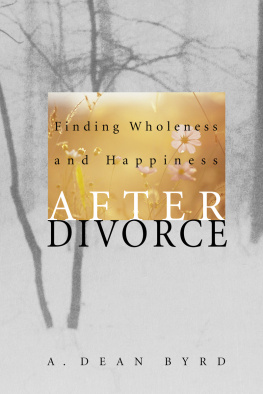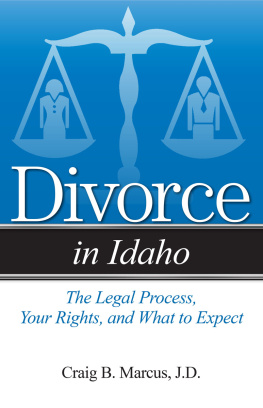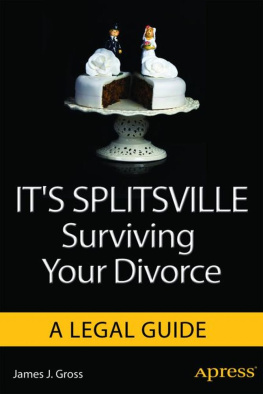A History of Divorce Law
The book explores the rise of civil divorce in Victorian England, the subsequent operation of a fault system of divorce based solely on the ground of adultery, and the eventual piecemeal repeal of the Victorian-era divorce law during the Interwar years. The legal history of the Matrimonial Causes Act 1857 is at the heart of the book. The Act had a transformative impact on English law and society by introducing a secular judicial system of civil divorce. This swept aside the old system of divorce that was only obtainable from the House of Lords and inadvertently led to the creation of the modern family justice system. The book argues that only through understanding the legal doctrine in its wider cultural, political, religious, and social context is it possible to fully analyse and assess the changes brought about by the Act. The major developments included the end of any pretence of the indissolubility of marriage, the statutory enshrinement of a double standard based on gender in the grounds for divorce, and the growth of divorce across all spectrums of English society. The Act was a product of political and legal compromise between conservative forces resisting the legal introduction of civil divorce and the reformers, who demanded married women receive equal access to the grounds of divorce. Changing attitudes towards divorce that began in the Edwardian period led to a gradual rejection of Victorian moral values and the repeal of the Act after 80 years of existence in the Interwar years.
The book will be a valuable resource for academics and researchers with an interest in legal history, family law, and Victorian studies.
Henry Kha is Lecturer in Law at Macquarie University.
First published 2021
by Routledge
2 Park Square, Milton Park, Abingdon, Oxon OX14 4RN
and by Routledge
52 Vanderbilt Avenue, New York, NY 10017
Routledge is an imprint of the Taylor & Francis Group, an informa business
2021 Henry Kha
The right of Henry Kha to be identified as author of this work has been asserted by him in accordance with sections 77 and 78 of the Copyright, Designs and Patents Act 1988.
All rights reserved. No part of this book may be reprinted or reproduced or utilised in any form or by any electronic, mechanical, or other means, now known or hereafter invented, including photocopying and recording, or in any information storage or retrieval system, without permission in writing from the publishers.
Trademark notice: Product or corporate names may be trademarks or registered trademarks, and are used only for identification and explanation without intent to infringe.
British Library Cataloguing-in-Publication Data
A catalogue record for this book is available from the British Library
Library of Congress Cataloging-in-Publication Data
Names: Kha, Henry, author.
Title: A history of divorce law: reform in England from the Victorian to
Interwar years / Henry Kha.
Description: Milton Park, Abingdon, Oxon ; New York, NY : Routledge, 2021. |
Series: Routledge research in legal history | Includes bibliographical references and index.
Identifiers: LCCN 2020031041 (print) | LCCN 2020031042 (ebook) |
ISBN 9780367420062 (hardback) | ISBN 9780367817305 (ebook)
Subjects: LCSH: DivorceLaw and legislationEnglandHistory. |
Law reformEnglandHistory.
Classification: LCC KD764 .K43 2021 (print) | LCC KD764 (ebook) | DDC 346.4201/6609034dc23
LC record available at https://lccn.loc.gov/2020031041
LC ebook record available at https://lccn.loc.gov/2020031042
ISBN: 978-0-367-42006-2 (hbk)
ISBN: 978-0-367-81730-5 (ebk)
Typeset in Galliard
by Newgen Publishing UK
It is always a pleasure to be asked to write a foreword to a book, but never more so than when the book engages with an issue close to the heart. Dr Henry Khas study in the reform of divorce law not only tells a fascinating and (I suspect) little-known story, but he draws from it an important analysis of how family law develops in an ordered society.
I write as one whose professional life as a judge was essentially engaged with the family law of England and Wales, which has itself changed remarkably even since my full-time appointment in 1992. I have been strongly aware, particularly when serving as a judge of the High Court, of how much of that development has been the result of judicial activism. A vivid example is the development in the law on surrogacy. In that, however, we have been following the work of our Victorian judicial forebears and their development of the Matrimonial Causes Act 1857. That work in no small way contributed to the subsequent pressure for new and further reform of family law.
Of course marriage and its consequences have been present since the dawn of civilisation, since most civilisations have embraced some concept of marriage and all have had to deal with the fallout from fractious human relationships. Moreover, in most societies marriage is a concept that has become deeply interwoven with religion and these religious concepts have themselves come into conflict with fractious human relationships. Although the context will vary from society to society and from age to age, the issues that underline family law are unchanging in their essence as the struggle between social stability and human fallibility.
That family law is a pressing issue can be seen from the apparent fact that after every reform the courts got busier. Again, this is no less true today than it was in the aftermath of 1857 or indeed 1937. Actually, it is perhaps more so today for in secular Western society the law now exercises a greater influence on social values because of the decline of the influence of religion and social convention in these areas.
As this book convincingly demonstrates, the reform of family law has a very complex dynamic. It is and always has been caught up in the endless swirl of religion, social convention, human realities, the need for family stability, and the security of children, mixed up with strong personal views (even expressed through novels) and the less predictable needs of the government of the time. Changes are never born of pure principle but are the product of conflict and compromise in the context of the need for peaceful human coexistence.
Dr Kha has offered us a glimpse of this complex dynamic in action in a particular place in a limited timescale. This has allowed us to see the process actually at work. It has lessons that we should not ignore. Many of us will have strong personal value systems that are not always at ease in the society in which we live. We are entitled to promote those values even at the risk of conflict. But those of us who exercise power and influence in society have to deliver a system that recognises that human hearts can be hard and we have to learn the art of compromise without sacrificing personal integrity. This book will greatly assist that process.





